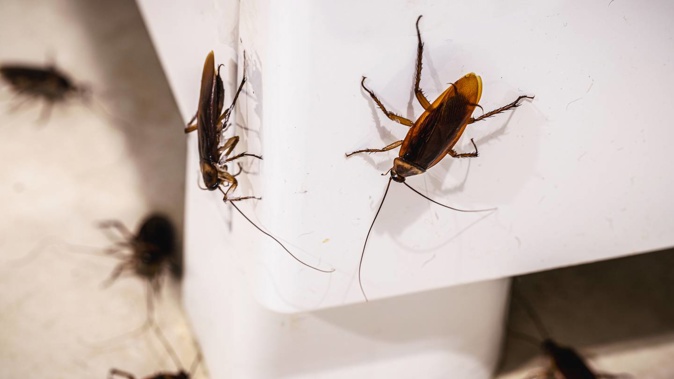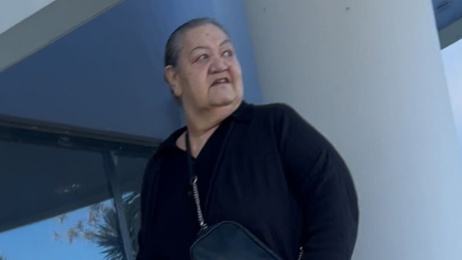

Faeces on the walls, urine on the carpet, black mould and an infestation of cockroaches so extreme that the pests chewed through wiring have formed a nightmare clean-up for one landlord.
The rental property was described by the woman as "not liveable" after her tenant, Matalena Robertson, left it in a "squalid" condition when she moved out.
Following the end of the tenancy, the landlord took her case to the Tenancy Tribunal and applied for compensation and exemplary damages.
She was successful in her claims and was granted name suppression, which extends to the tenancy address, while Robertson's request for suppression was dismissed.
The extent of damage to the home and the dirty condition it was left in was detailed in the recently released decision.
"There were faeces, pen marks and dirt marks on the walls which required repainting because most of it was unable to be removed. It appeared as if no cleaning was attempted at all," the Tribunal was told.
"The carpet was covered in stains from urine, food and liquid spills."
The ceiling and walls were covered in black mould and the oven and kitchen surfaces were "filthy".
The Landlord also claimed there was a heavy infestation of cockroaches at the property which required her to fumigate twice.
She submitted the invasion of the household pest was due to Robertson's "unsanitary lifestyle".
"Hundreds" of cockroaches were found in the kitchen cupboards, hot water cylinder cupboard, under the carpet, and in the bedroom cupboards.
The cockroaches had also entered the oven and stovetop and had eaten into the wiring.
But Robertson told the Tribunal she had cleaned the house before she moved out and had removed all of the marks on the walls.
She disputed there was mould left on the ceiling but said mould had been an issue with the house which she had previously raised with the landlord.
While Robertson admitted to leaving two bags of rubbish behind, the landlord had a different view.
She said there was a substantial amount of property dumped at the house including a broken television, lounge suite, pram, baby walker, bikes, dining table, and a bunk.
The landlord had to hire a skip-bin to dispose of the rubbish as well as soiled second-hand furniture, such as bedding, that partly furnished the property.
Invoices for the landlord's cleaning expenses as well as before and after photos of the house were provided to the Tribunal.
It found the landlord's evidence persuasive and ruled Robertson had not left the property in the expected standard, as set out in the Residential Tenancies Act 1986, and the cockroach infestation was "more likely than not" caused by her failure to maintain a clean and tidy household.
She was also found liable for damage to the property, including a broken window and holes in the walls, with the Tribunal ruling it was beyond fair wear and tear.
Robertson was ordered to pay the landlord $3,613.22 to cover the repairs, cleaning, painting, pest control, and the replacement of a key, 10 light bulbs and a smoke alarm.
The landlord's claim for the hours of work she undertook in organising the repairs and cleaning of the property was dismissed, as was a claim she made for exemplary damages for the removal of a smoke alarm.
Take your Radio, Podcasts and Music with you









